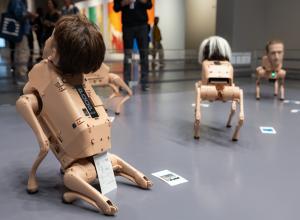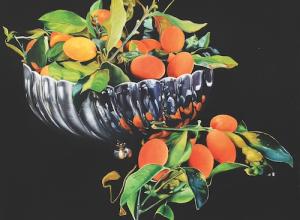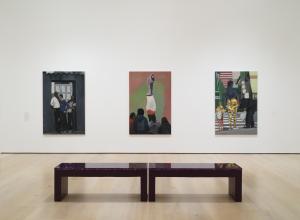In all three of his shows, the New York native bridges environmental awareness and natural history with his maximalist approach, which triggers reflection. Constantly challenging himself to learn more about the natural subjects of his paintings, Rockman is dedicated to engaging with the past and present to help create a better ecological future. Art & Object recently spoke to Rockman about his career and work.
Carlota Gamboa: When and where did your journey as a painter begin? Do you remember a specific moment when a single piece of art spoke with you? Or demanded presence from you?
Alexis Rockman: Well, I was city kid living in NYC in the 1960 and 70’s and I always drew and collected animals which I housed in vivariums in my room on the Upper East Side and spent time at the Museum of Natural History and I loved movies. As an infant, I had a poster of Durer’s The Young Hare (1502) over my crib…it was the first art I remember. After high school I went to RISD thinking I might end up in film somehow - animation or production design. I came back to NYC after 2 years and went to SVA to study illustration and was eventually encouraged by some brilliant teachers to switch to Painting/Fine Art. I was very lucky in the early 80’s, anything was possible in the Art World - real pluralism. If it had been 5 years earlier I would have been run out of town. I realized I had this unique love of Natural History, and maybe I could find a way forward using that as content.
CG: What is your lineage as an artist? Who do you lean on for artistic influence and inspiration?


































